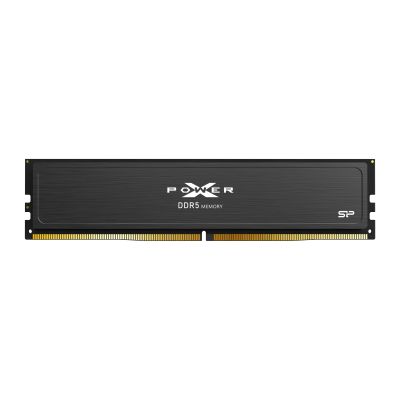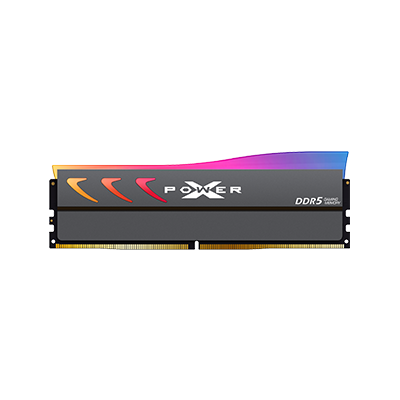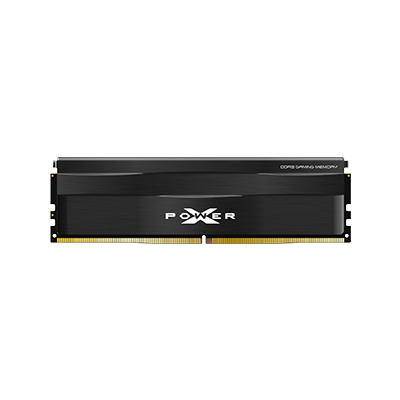How Much Memory Do You Need for Video Editing? Why Memory is Crucial for Video Editing
![]()
影片編輯遇到卡頓比想像中還困擾。
Product Line: Memory
Application Scenario: Video Editing
With the abundance of online learning resources, more and more people are teaching themselves video editing. Coupled with the rise of online creators, editing has become a daily routine for many. Whether you're a professional creator or an amateur enthusiast, editing often presents challenges due to insufficient hardware performance, especially as memory performance directly impacts editing fluidity and efficiency.
Video editing requires processing large amounts of high-resolution footage and complex effects. If memory performance is insufficient, it can lead to editing lag, increasing the difficulty of your work and potentially extending editing time, affecting your progress. Why is memory so important for editing? And how much memory do you need for video editing? This article will answer your questions!
Why RAM Matters: Essential Memory for Video Editors
When you use your computer, all running operating systems and applications are stored in memory for rapid processing by the CPU. Video editing is no exception. If there isn't enough memory, editing software will need to temporarily store video footage on the slower hard drive, which will significantly impact editing fluidity.
In contrast, video import and rendering primarily rely on processor performance; when the processor is underperforming, rendering speeds will decrease. However, even if it's slow, creators can patiently wait. But insufficient memory, causing lag, directly affects the smoothness of the editing process.
Do You Have Enough RAM for Video Editing?
Different editing styles and usage scenarios will have varying memory requirements. If you find your editing software lagging, you might consider upgrading your memory.
But how much memory do you need for video editing? Simply put, the larger your computer's RAM capacity, the faster your system will perform. For entry-level creators, 8GB of RAM might be sufficient for the most basic editing needs. For general full-length video editing, 16GB is recommended. As your creative professionalism increases and you deal with high-definition footage, it's advisable to have 64GB or more of RAM.
Memory requirements are influenced by multiple factors, including video resolution, complexity of effects, the number of concurrently running software applications, and the editing software used. 4K or 8K high-resolution videos will significantly increase the memory burden. For video producers aiming for high-quality creations, choosing sufficient and efficient memory is crucial to ensure smooth editing!
FAQ
• • •

__25G12lVI9A.jpg)
__25G12qIAZm.jpg)



